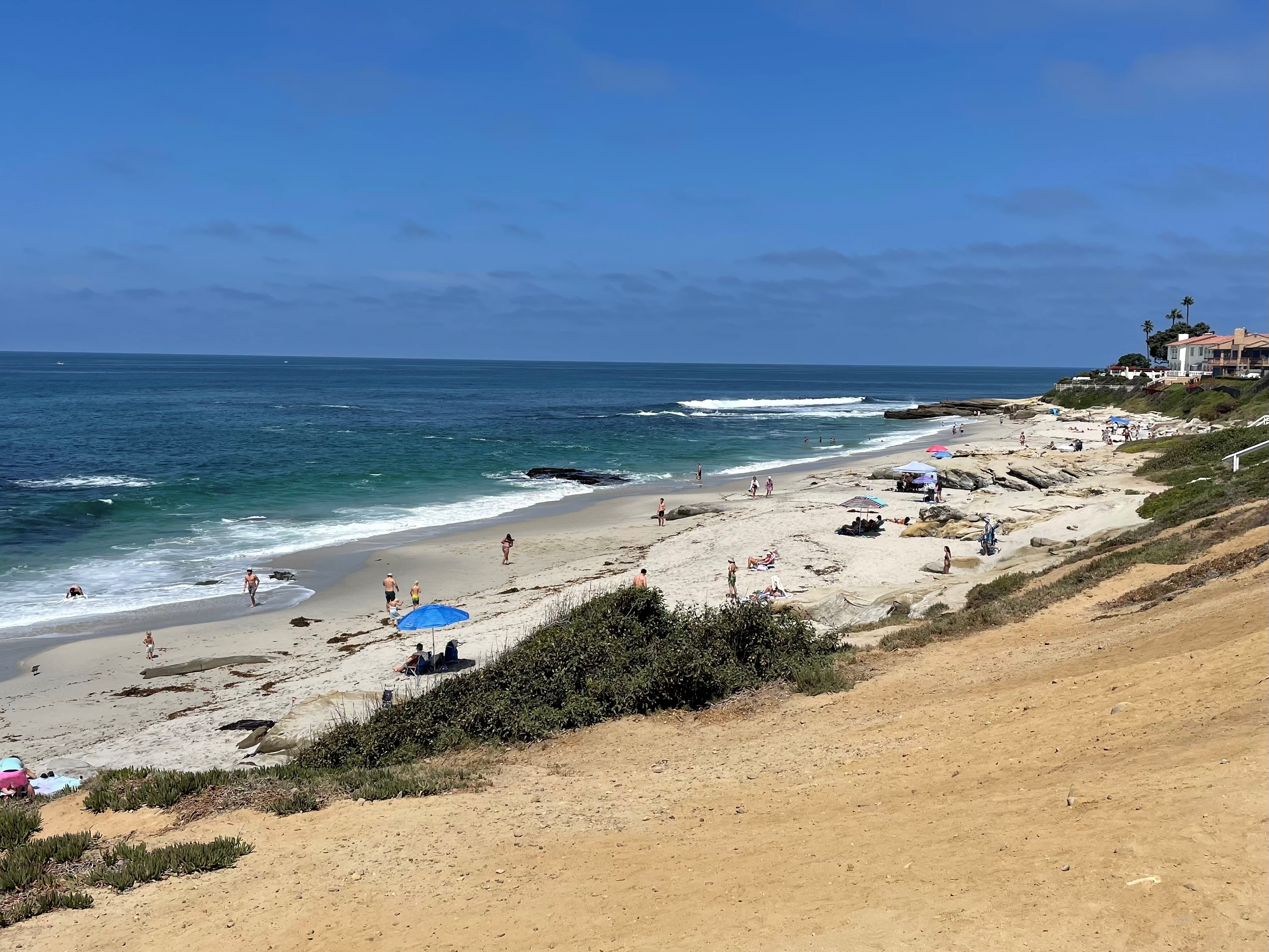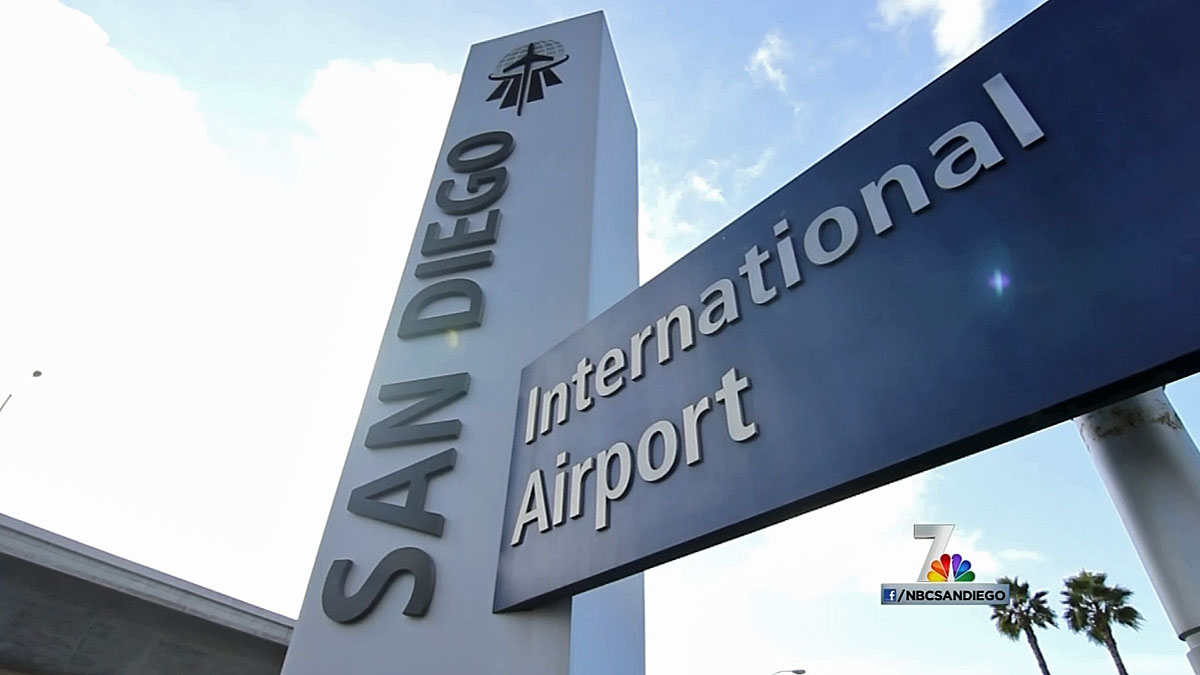Drivers may need to pump the brakes soon while driving through some of San Diego’s most popular neighborhoods. The city council voted to unanimously approve lowering the speed limit among 11 business corridors. NBC 7’S Dana Williams reports.
The San Diego City Council voted unanimously on Tuesday to lower the speed limit on some of the city’s busiest streets. The changes include stretches of Ocean Beach, Hillcrest and North Park, to name a few of the neighborhoods, in an effort to make the roads safer for all users.
This is part of the city’s Vision Zero goal of having zero traffic-related deaths and serious injuries.
Stream San Diego News for free, 24/7, wherever you are with NBC 7.
“Speed management is a critical component,” Maggie McCormick, the city transportation department staffer who presented to the council on April 22, said in the public meeting.
McCormick continued to explain the changes will drop the speed limit from 25 to 20 miles per hour on 17 street segments in 11 corridors. The segments needed to be considered “business activity districts” as defined by Assembly Bill 43, which gives local jurisdictions the ability to adjust speed limits in their pedestrian-heavy neighborhoods through a specific set of criteria.
Get top local San Diego stories delivered to you every morning with our News Headlines newsletter.
The transportation department analyzed 38 areas that might have been eligible, McCormick told the council, but fewer than half qualified. The street segments that will have their maximum legal driving speeds reduced include:
- San Diego Avenue, Noell Street to Pringle Street
- Congress Street, Twiggs Street to Harney Street
- Newport Avenue, Abbott Street to Sunset Cliffs Boulevard
- Santa Monica Avenue, Cable Street to Ebers Street
- Bacon Street, Niagara Avenue to Saratoga Avenue
- Mission Boulevard, Santa Clara Place to San Jose Place
- University Avenue, First Avenue to Sixth Avenue
- University Avenue, 10th Avenue to Centre Street
- University Avenue, 28th Street to Ray Street
- Adams Avenue, 30th Street to Ohio Street
- 30th Street, Adams Avenue to Madison Avenue
- 30th Street, Meade Avenue to El Cajon Boulevard
- 30th Street, Howard Avenue to University Avenue
- 30th Street, Dwight Street to Upas Street
- Mission Boulevard, Chalcedony Street to Felspar Street
- El Cajon Boulevard, Winona Avenue to Altadena Avenue
- Washington Street, Goldfinch Street to Third Avenue
“We often see lots of pedestrians and bicyclists in these areas, and, unfortunately, we see too many crashes in this area as well,” Stephen Whitburn, the councilmember who represents District 3, said in the meeting. “Reducing speed limits will reduce the number of crashes and reduce their severity.”
Local
“Research shows just how important each mile per hour is and how it can determine the difference between life and death,” Raul Campillo, the councilmember who represents District 7, echoed in the meeting.
However, not all community members feel this is going to make as big of an impact as the city hopes.
“There's a lot more than can be done,” Ann Rios, a five-year North Park resident and aspiring urban planner, told NBC 7. “[Drivers] don't follow the speed limit anyway, like I just, it's not going to do much to the people that see open road and are like, ‘I’m going to go fast because there shouldn't be people walking on the road.'"
All council members voted to approve the speed limit changes that are expected to be implemented this summer. McCormick added this is the beginning of a larger project and more streets are likely to be analyzed and have their own speed limit reduction suggestions in early 2026.



